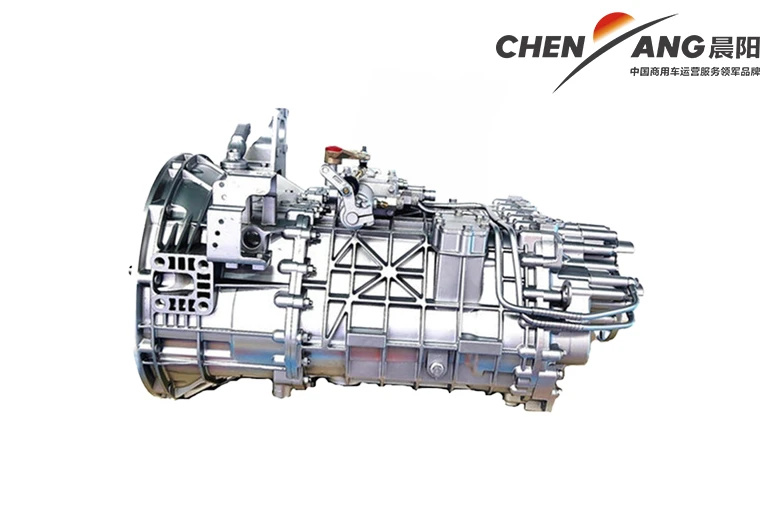equipment used in construction
Equipment Used in Construction A Comprehensive Overview
Construction is a vital sector that forms the backbone of modern infrastructure development. The industry is known for its dynamic environment, where a variety of equipment plays a crucial role in ensuring projects are executed efficiently, safely, and within budget. Understanding the types of equipment used in construction is key for both industry professionals and those interested in the field.
1. Heavy Machinery
Heavy machinery is the cornerstone of any construction site. These machines are specifically designed for large-scale operations and can significantly reduce manual labor. Some of the most common types of heavy machinery include
- Excavators These versatile machines are equipped with a bucket for digging and are commonly used for trenching, grading, and material handling. Excavators can be fitted with various attachments, such as hydraulic hammers and grapples to enhance their functionality.
- Bulldozers Known for their powerful blades, bulldozers are primarily used for earthmoving tasks. They can push large quantities of soil, gravel, or debris and are essential for site preparation and reclamation projects.
- Cranes Cranes are indispensable for lifting and moving heavy materials to elevations that would otherwise be challenging to reach. From tower cranes used in skyscrapers to mobile cranes suitable for various site conditions, their importance cannot be overstated.
2. Earthmoving Equipment
Earthmoving equipment is essential for the manipulation of soil and other materials. Aside from excavators and bulldozers, other machinery includes
- Backhoe Loaders Versatile machines that combine a front loader with a rear excavation shovel, making them suitable for small to medium-sized construction projects, including roadworks and landscaping.
- Graders Graders are used to create a flat surface for construction projects. They have a long blade in the middle that can be adjusted to achieve the desired grade and is commonly employed in road construction.
- Dump Trucks These vehicles transport loose materials such as sand, dirt, or gravel from one location to another, making them critical for any construction site that relies on bulk material movement
.equipment used in construction

3. Concrete Equipment
Concrete is a fundamental building material in construction, and there are specialized pieces of equipment designed for its handling and placement
- Concrete Mixers Mixers come in various sizes and types and are crucial for preparing concrete on-site, ensuring that it has the correct consistency and proportions of sand, gravel, cement, and water.
- Concrete Pumps Used to transfer liquid concrete from mixers to the desired location, these machines are highly efficient in delivering concrete over large distances or heights, thus speeding up the construction process.
- Vibrators Concrete vibrators eliminate air pockets and ensure uniformity in poured concrete. They can be handheld or attached to the formwork, and their importance is highlighted in the prevention of structural weaknesses.
4. Safety Equipment
Given the high-risk nature of construction, safety equipment is paramount. Essential safety gear includes
- Personal Protective Equipment (PPE) This includes helmets, gloves, safety goggles, high-visibility vests, and steel-toed boots, all designed to protect workers on-site.
- Scaffolding Scaffolding systems provide a temporary structure for workers to perform tasks at heights safely. Proper scaffolding design and assembly are critical to prevent falls and accidents.
- Fall Protection Systems These systems, including harnesses, lanyards, and guardrails, are vital on any construction site where workers operate at elevation. Compliance with safety regulations helps reduce the risk of falls, which are one of the leading causes of construction site injuries.
Conclusion
The construction industry relies on a wide range of equipment, each fulfilling specific functions to ensure that projects are completed efficiently, safely, and to the highest standards. From heavy machinery like excavators and cranes to essential safety gear, the choice of equipment reflects the evolving technologies and techniques in construction. Understanding the capabilities and applications of various equipment can enhance project management and ultimately contribute to the successful completion of construction endeavors. As technology continues to advance, we can expect further innovations in construction equipment, improving not only efficiency but also safety and environmental sustainability in the industry.
-
SINOTRUK HOWO 84 Electric Dump Truck for Eco-Friendly Heavy HaulingNewsJul.26,2025
-
The Fast 16-Gear Manual Transmission Assembly for Heavy TrucksNewsJul.25,2025
-
Mercedes Benz Actros 1848 42 Tractor Truck for Sale - Reliable PerformanceNewsJul.24,2025
-
High-Quality Water Pump Assembly for Sinotruk Trucks – Durable & ReliableNewsJul.23,2025
-
Premium Truck Engine Antifreeze Coolant Fluid for Heavy Duty VehiclesNewsJul.22,2025
-
FOTON View G7 Mini Bus: Affordable & Spacious TransportNewsJul.22,2025
Popular products

























